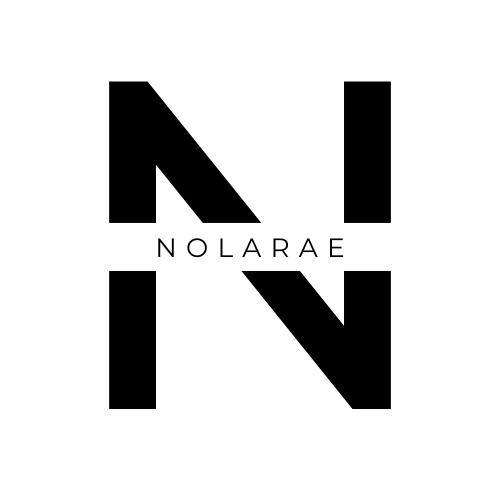Collaborating with Illustrators in Creative Publishing
- May 4
- 4 min read
Updated: May 10
Illustrators add an essential layer to creative publishing, enhancing storytelling and engaging readers with visually compelling narratives. In 2025, the partnership between writers, editors, and illustrators is crucial in crafting beautiful and impactful content.

✍🏽The Role of Illustrators in Publishing
In creative publishing, illustrators aren’t just embellishing pages—they’re bringing stories to life. Whether it's a children’s book, magazine, or digital content, illustrators help create visual narratives that enhance the written word.
Illustrators contribute in several key ways:
🎨 Visual Storytelling – They make complex ideas, emotions, and characters more accessible.
✨ Aesthetic Appeal – Their designs make publications visually engaging, guiding the reader’s eye.
😁 Building Identity – Illustrators help define the look and feel of a publication.
As publishing continues to evolve in 2025, illustrators remain at the forefront of transforming written stories into dynamic visual experiences.
🎤How to Collaborate with Illustrators in 2025
Collaborating with an illustrator is an exciting process that requires clear communication and a shared vision. Here’s how a successful partnership typically unfolds:
Initial Concept Discussion: This stage is about aligning on the big picture: the tone, message, and style of the project. Whether it’s whimsical, minimalist, or bold, the goal is for both the writer and illustrator to understand each other’s vision.
🗣️ Example: A children’s book author may discuss character design and colours with the illustrator to ensure they match the playful tone of the story.
Mood Boards & Inspiration: To visualise the concept, illustrators often create mood boards filled with reference images, textures, and colour palettes. This helps set the aesthetic direction early on.
🌟 Tip: Be upfront with your visual preferences to avoid surprises later on.
Sketches and Feedback: After the initial discussions, illustrators will often provide rough sketches. This is a key feedback stage, where the writer can refine the direction to ensure the visuals align with the narrative.
📝 Pro Tip: Provide constructive feedback to keep the creative flow going and ensure the artwork adds to the story’s emotional depth.
Final Artwork:
Once the sketches are approved, the illustrator refines the details—adding colour, texture, and depth. The artwork is now ready for the publishing layout.
🖼️ Tip: The layout and design should complement the illustrations to ensure a smooth reader experience.
✨ Why Collaborating with Illustrators is Vital
Collaborating with illustrators brings several benefits to publishing projects:
Emotional Connection: Illustrations evoke emotions that words alone sometimes can’t. A well-drawn scene can add layers of meaning to the narrative.
💭Example: In children’s books, bright, lively illustrations create a sense of joy, while more subdued artwork in adult fiction can set a serious tone.
Cultural Representation: Illustrators play a crucial role in reflecting diverse cultures. They can provide visual context and authenticity that resonates with different audiences.
🌍 Example: An illustrator from a specific cultural background can help bring authenticity to stories that reflect their heritage.
Filling Narrative Gaps:
Illustrations often communicate aspects of the story that words can’t convey. In graphic novels, for instance, the artwork and text work together to tell a more complete story.
🖼️ Example: Illustrations help bring emotional depth to graphic journalism or memoirs, conveying what might be missed in words alone.
🖥️ Digital Tools for Seamless Collaboration
In 2025, digital tools make collaborating with illustrators easier than ever, even for teams spread across the globe.
Cloud-Based Platforms – Tools like Google Drive and Trello help share files and track progress. Trello: Features Overview
Illustration Software – Programs like Procreate and Adobe Illustrator enable high-quality digital artwork, while platforms like Figma make real-time collaboration seamless.
Video Calls – With platforms like Zoom, feedback and discussions can happen in real-time, no matter where the collaborators are.
These tools make it easier for writers and illustrators to work together without being in the same room, which opens up endless possibilities for creativity and efficiency.
📚 The Future of Illustration in Publishing
The future of illustration in publishing is set to bring exciting transformations:
Mixed Media: We can expect more integration of illustration, photography, and graphic design, blending these visual forms and blurring the lines between them.
Interactive Publishing: Digital publishing is expanding to include animations, interactive features, and virtual reality, presenting new creative challenges for illustrators.
Personalised Content: Publishers are exploring ways to personalise visual content, allowing readers to interact with illustrations in innovative ways.
These changes indicate that illustrators will play an even more significant role in storytelling, working across various media to create immersive, personalised experiences for readers.
🎉 The Power of Creative Partnerships
In 2025, the collaboration between illustrators and writers is more important than ever. Their combined efforts help create visually and emotionally engaging publications, whether in books, magazines, or digital formats. By working together, they ensure that stories are not just told—they’re felt.
Illustrators bring a unique perspective that deepens the impact of the narrative, and with technology enhancing collaboration tools, the possibilities are endless. This partnership will continue to shape the future of creative publishing, ensuring that stories are told in the most compelling and visually dynamic ways.

